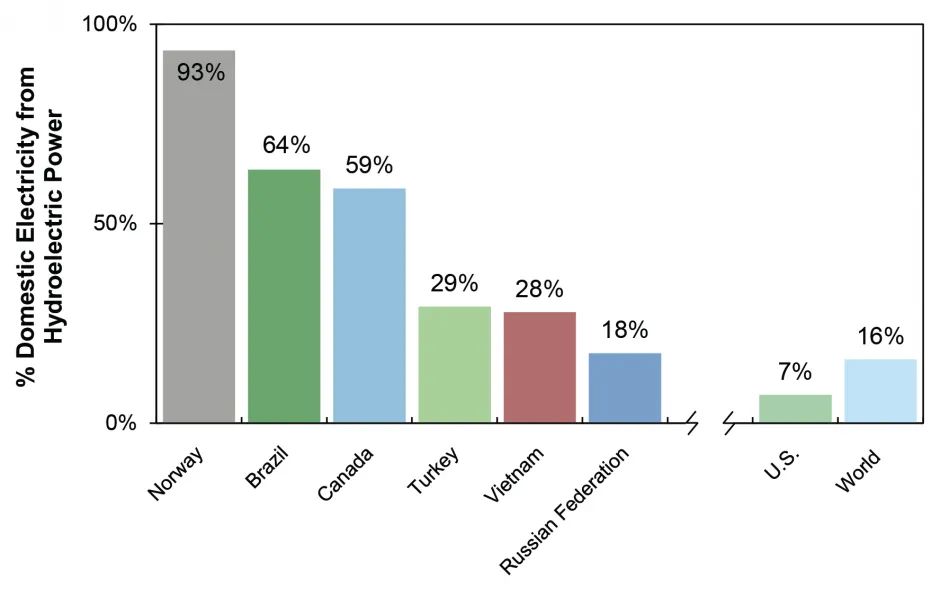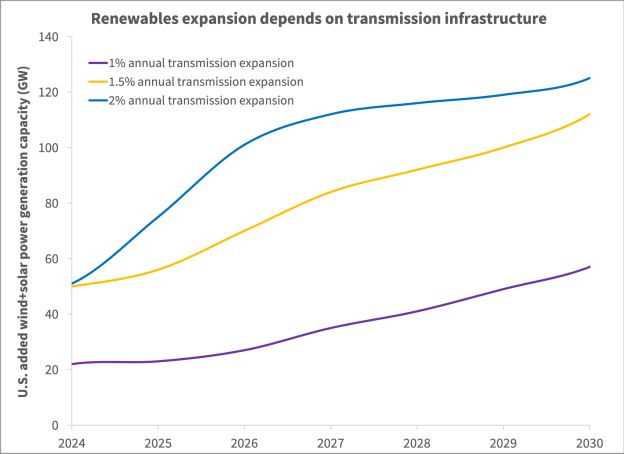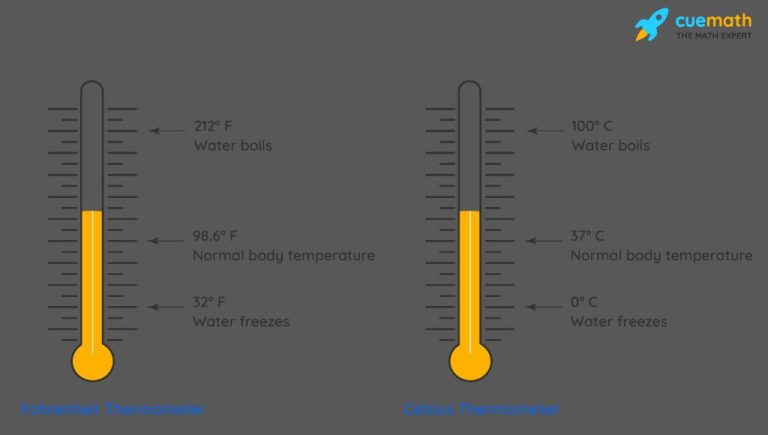Where Does The Us Rank In Renewable Energy?

The
United States has made significant progress in adopting renewable energy sources like solar and wind in recent years. However, there is still debate around exactly where the US ranks compared to other major economies when it comes to the share of electricity generated from renewable sources.
This article will provide an overview of the current renewable energy mix in the US and how that compares to other developed countries. We’ll examine key metrics like percentage of electricity from renewables, total installed capacity, and growth trends. Understanding how the US is performing is important context for the ongoing discussion around further investment and policies aimed at reducing fossil fuel dependence and greenhouse gas emissions.
Current US Renewable Energy Usage
In 2021, renewable energy accounted for about 21% of total U.S. energy consumption and about 21% of electricity generation, according to the U.S. Energy Information Administration (EIA). This includes hydroelectric, wind, solar, geothermal, and biomass energy sources. The main renewable sources were hydropower at 6% of total generation, wind at 10.3%, and solar at 3.4% (EIA).
While fossil fuels like natural gas, petroleum and coal still make up about 79% of total U.S. energy use, renewables have been rapidly increasing their contribution over the last decade (UMICH). In 2019, renewables surpassed coal in electricity generation for the first time.
Growth of Renewables in the US
Renewable energy sources like wind and solar have seen impressive growth in the US in recent years. According to the Energy Information Administration, in 2022 renewables surpassed coal and nuclear to become the second largest source of electricity generation after natural gas. The EIA found that renewable generation rose to 22% of total US electricity in 2022, up from 20% in 2021.
Wind and solar energy have led the way in renewable growth. Wind power grew by 13% in 2022 to provide over 9% of US electricity. Solar grew by 28% and now accounts for 4% of generation. In contrast, hydropower and geothermal remained steady at around 6-7% and less than 1% respectively. Biomass also remained below 1%.
According to analysis, renewables surpassed coal in 2019 in terms of energy provided to the US grid. This transition away from fossil fuels towards renewables has accelerated in recent years and is expected to continue. Projections from Deloitte show the US renewable energy industry growing 17% annually through 2024.
US Renewable Energy Mix
The United States gets renewable energy from a variety of sources. Here is a breakdown of the major renewable energy sources in the US as of 2020 according to the U.S. Energy Information Administration:
- Hydropower – 6.0% of total electricity generation
- Wind – 8.4%
- Solar – 3.3%
- Geothermal – 0.4%
- Biomass – 1.4%
So hydropower and wind make up the largest share of renewable electricity generation in the US. Solar and geothermal are growing rapidly and expected to increase as costs decrease. Biomass energy comes from organic matter like plants, wood, garbage and alcohol fuels. The total share of renewables was 19.8% of total US electricity generation in 2020.
Source: U.S. Renewable Electrical Power Production
US Renewable Energy Policy
The US government has implemented several major policies to drive the adoption of renewable energy. Some key policies include:
– The Renewable Fuel Standard (RFS) program, established by the Energy Policy Act of 2005 and expanded in 2007, which requires transportation fuel sold in the US to contain a minimum volume of renewable fuels. This has driven growth in biofuels like ethanol and biodiesel.
– The federal production tax credit (PTC) and investment tax credit (ITC), which provide tax incentives for renewable electricity generation. These helped catalyze the growth of wind and solar power. The PTC has been extended multiple times, while the solar ITC is being phased down through the early 2020s.
– State-level renewable portfolio standards (RPS), which require utilities to source a portion of their electricity from renewables. As of 2021, 30 states plus DC had binding RPS policies.
US Renewable Energy Investment
The United States has seen increasing investment in renewable energy in recent years. According to Statista, investments in clean energy totaled $495 billion worldwide in 2022, with the US being one of the top countries for renewable energy investment. The US invested $105 billion in renewable energy in 2021, a record high and nearly a 50% increase from 2020 levels.
The US federal government has made significant investments in renewable energy research, development and deployment. Major government renewable energy investment programs include the Department of Energy’s Loan Guarantee Program, which has provided over $30 billion in guarantees for innovative clean energy projects since 2009 [1]. The Investment Tax Credit and Production Tax Credit have spurred growth in solar and wind energy by providing tax incentives. Government investment helps drive further private sector investment.
Corporate investments from major US companies like Google, Amazon, Apple and Facebook have catalyzed large-scale renewable energy projects to power their operations. In 2021, over 13 gigawatts of renewable energy projects were announced by corporations looking to power their businesses with clean energy.
Other major sources of renewable energy investment in the US include asset financing from banks, venture capital and private equity firms focused on early-stage renewable technology companies, and investments from institutional investors like pension funds and insurance companies seeking stable returns.
How the US Ranks Globally for Renewable Energy
When it comes to renewable energy adoption, the United States lags behind many other developed nations. While the US has seen steady growth in renewables over the past decade, its share of total energy from renewable sources remains lower than most European countries.
For example, countries like Germany, Denmark, and Sweden generate over 30% of their total energy consumption from renewable sources. The US renewable energy share sits around 12%.
China has also invested heavily in renewable energy development. In 2020, China accounted for over 30% of total global investment in renewables. The US came in 2nd with around 20% of total investment. In terms of total installed capacity, China leads the world in wind, solar, and hydropower generation.
The US does rank highly when it comes to geothermal and biomass energy production. However, it still lags behind many European nations in the adoption of solar and wind power. Government policy and investment incentives have played a major role in driving Europe and China’s rapid growth in renewable energy over the past decade.
If current trends continue, the US is expected to fall further behind its global peers in the transition to renewable energy unless it implements more ambitious policies and commitments to scale up investment and deployment.
Challenges to Further Adoption
While renewable energy has seen impressive growth in the US, there are still challenges that need to be addressed to enable wider adoption. Some key challenges include:
Upgrading and expanding transmission infrastructure. The existing power grid in many areas is inadequate for handling large amounts of intermittent renewable energy from sources like wind and solar. Significant grid improvements and investments will be needed (1).
Streamlining permitting and siting for projects. The complex permitting processes at federal, state, and local levels often slow down or prevent renewable projects from being built. Simplifying and standardizing these procedures could accelerate renewable energy deployment (2).
Increasing energy storage capacity. Storage is crucial for balancing variable renewable sources and providing reliability. More investment into utility-scale storage and distributed storage solutions can help overcome this challenge.
Obtaining financing and lowering costs. As subsidies and tax credits decrease, new renewable projects may face challenges securing affordable financing and competing on costs. Innovative funding mechanisms and continued technology improvements can help address this.
Building adequate transmission ties between regions. Many prime renewable resource areas lack transmission capacity to deliver power to load centers. Interregional transmission projects could unlock major renewable energy potential.
Overcoming local opposition and “not-in-my-backyard” mindsets. Community concerns over factors like viewsheds and perceived decreases in property values sometimes obstruct renewable projects. Improved engagement and education around benefits could help gain public acceptance.
(1) https://www.iea.org/reports/renewable-energy-market-update/challenges-and-opportunities-beyond-2021
(2) https://www2.deloitte.com/us/en/insights/industry/renewable-energy/renewable-energy-industry-outlook.html
Potential for Future Growth
The potential for continued growth of renewable energy in the United States over the next 5-10 years is significant according to projections. The Department of Energy reports that domestic solar energy generation is expected to increase by 75%, and wind by 11% by 2025 (https://www.energy.gov/eere/renewable-energy). Deloitte also estimates that renewable energy deployment will grow by 17% and account for almost a quarter of total electricity generation by 2024 (https://www2.deloitte.com/us/en/insights/industry/renewable-energy/renewable-energy-industry-outlook.html).
Key factors driving continued growth include declining costs, technological improvements, supportive policies, and increased investments. The renewable energy sector is expected to attract over $350 billion in new investments over the next 5 years as costs continue to decrease and incentives remain in place (https://www.energy.gov/eere/renewable-energy). New advancements and economies of scale will also enable wider deployment across the country.
While fossil fuels will remain part of the energy mix, projections indicate renewables have significant room for increased market share. With supportive policies and sustained investment, renewables could grow to supply over 30% of US electricity by 2030.
Conclusion
Renewable energy usage is growing in the United States, driven by favorable policies, declining costs, and increasing investments. The US is currently one of the world leaders in renewable energy production, but still relies heavily on fossil fuels for power generation. Significant potential exists to further scale renewables like solar, wind and geothermal to combat climate change and increase energy independence.
Key takeaways:
- The US gets about 11% of its energy from renewable sources, with the bulk from hydroelectric, wind and solar.
- Federal tax credits, state mandates and voluntary corporate procurement have stimulated the renewable energy market.
- Costs for solar and wind energy have fallen dramatically, improving competitiveness.
- The US ranks 2nd globally in total renewable energy production, but lags in per capita adoption compared to leading countries.
- Fossil fuels still supply over 80% of US energy needs, so there is ample room for renewables to grow.
- Continued policy support, investments and technological advances can increase renewable energy penetration across the US.
In summary, renewable energy is a bright spot in the US energy landscape, but greater adoption is required to fully transition away from fossil fuels. The future outlook depends on political will, financial capital and the ability to scale next-generation technologies. With the right strategies, the US can lead the global clean energy transformation.







